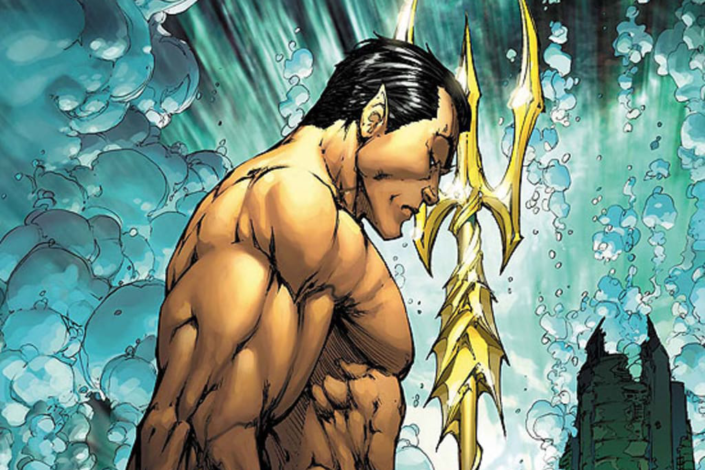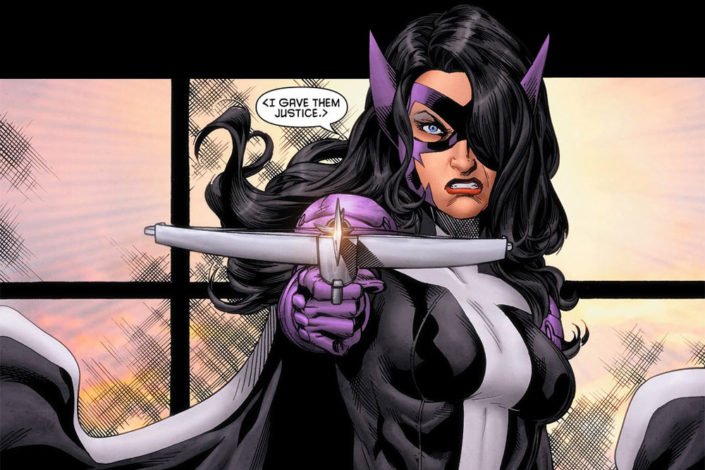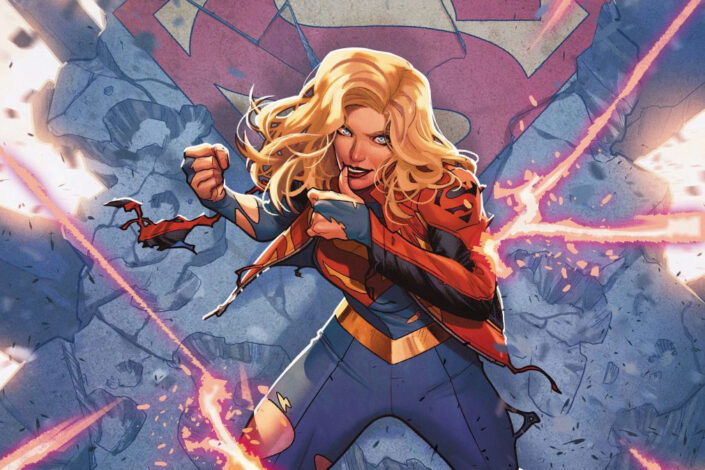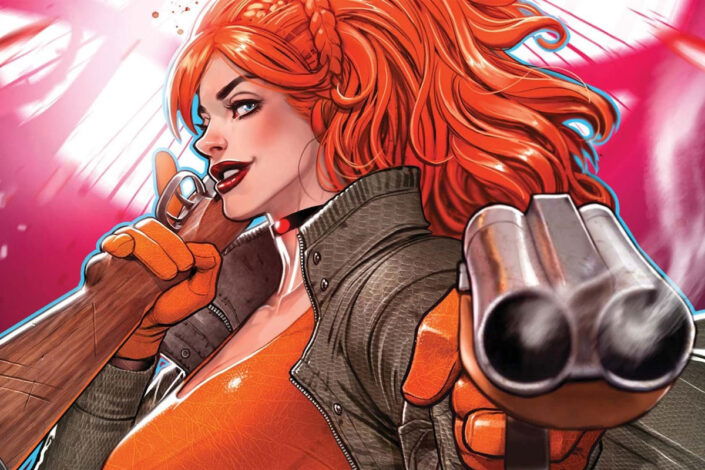Duke Thomas Reading Order (member of the Batfamily, The Signal)

This has been less than ten years since Duke Thomas made his debut in the DC Universe. Created by writer Scott Snyder and artist Greg Capullo during their already classic run on Batman, Duke first appeared in Batman (vol. 2) #21, as an unnamed character, then he made his real entry in Batman (vol. 2) #30 as Duke Thomas.
Raised in the Gotham Narrows by his mother Elaine, a social worker, and Doug Thomas, a humble construction worker, Duke had an ordinary childhood. He was then unaware of who his biological father was (a villain named Gnomon) and that he was a metahuman and had powers.
Anyways, no one in Gotham can claim to have an ordinary life too long. Like so many Gothamites, Duke’s life was changed by the Joker during the events of Endgame with the disappearance of his parents. He was placed into the foster system and soon after, became the leader of a youth movement inspired by Robin.
Duke’s parents were later found, but permanently jokerized. Following this discovery, Bruce officially took Duke under his wings to make him his latest ward and partner-in-crime-fighting. He officially became The Signal in Batman and The Signal #1 (March 2018). He also joined the Outsiders, under Black Lightning’s supervision. You can’t miss him in the streets of Gotham with his yellow armor!
Read More »Duke Thomas Reading Order (member of the Batfamily, The Signal)








